The Art of Stirring
Reasons to Stir
- To create a homogenous mixture
- To evenly disperse temperature
- To alter the viscosity of a liquid (thicker or thinner)
Tools for Stirring
You may think you know which tool is best for stirring. Or, you may grab the first thing you see and use that. While this may work, there are some tools preferred over others. Typically, we use spoons, spatulas, and whisks in the kitchen to stir.
DO’s
- Use a wooden spoon for stirring. These are helpful for getting in between corners.
- Use a wooden spatula for stirring. This is the preferred tool for stirring because it is comfortable in your hand, and the flat sides are good for scraping. You can also easily reach the sides and corners of a pot or pan.
- Use a plastic or nylon flat spatula for non-stick surfaces, such as pans that you would use to make omelets, etc. The plastic spatula is also great for stirring, spreading, and scraping. Be careful, though; these tools will melt at high temperatures.
- Use tongs to stir. They can also be used to turn your food simultaneously.
- Use chopsticks when stirring foods that can easily stick together.
- Use a whisk when whisking something and when you need to stir dry ingredients together.
- Use your hands when mixing things such as meats with seasoning. You may get messy, but it’s all good fun.
- Use your pan as a method for stirring. Practice the flipping motion first with dried beans or rice!
DON’Ts
- Don’t use a metal spoon for stirring. The point on a metal spoon is much smaller than its wooden counterpart, meaning it comes in contact with less at the bottom of your pan. This can cause some of the ingredients in your pan to burn more easily. Metal spoons should be saved for serving.
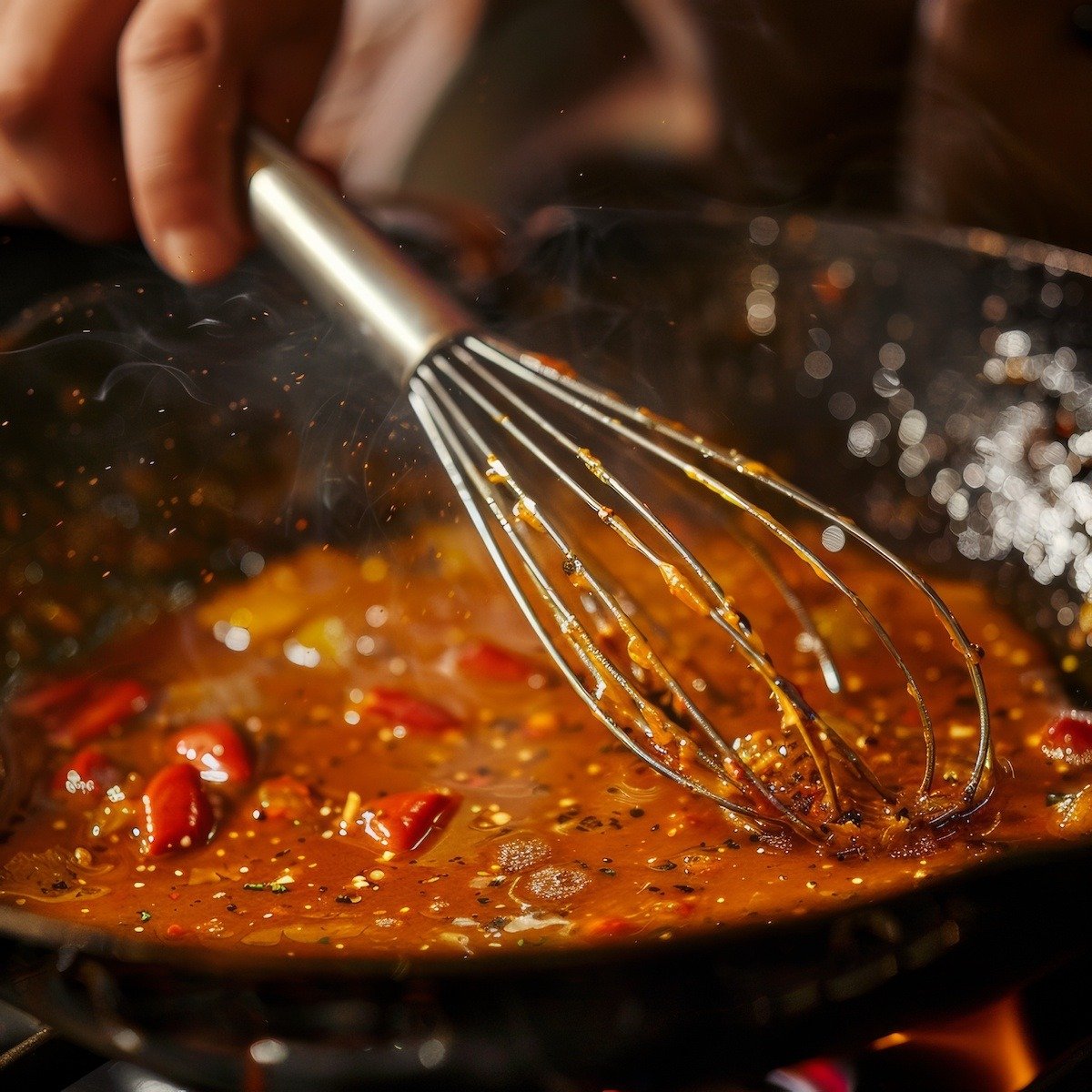
Methods of Stirring
Stirring can seem like a simple concept, and it is as long as you know when and where to stir.
DO’s
- Ensure that the utensil you’re stirring with touches the bottom of the pan when stirring liquids overheat. Don’t forget the corners as well. For thin liquids without any solids mixed with them, stirring in the middle of the pot or pan should be good enough.
- Hold your stirrer just like a pencil. This is the most comfortable and natural way to stir. Hold the stirrer in a less comfortable grip and stir more vigorously to stir stiffer ingredients.
- Shake your ingredients in a frying pan after stirring with a spatula or spoon. This allows you to turn all of your ingredients at once. Watch the video for a detailed description of how to do this.
DON’Ts
- Don’t shake ingredients with a frying pan if too much is in the pan. Use tongs to flip instead.
- Don’t use the shaking with frying pan method without practicing first with rice or dried beans in a cold pan.
Frequency of Stirring
When a recipe says, “stir occasionally” or “stir frequently,” what does that even mean? The more you know about stirring and understanding what you’re stirring, the better off you’ll be.
DO’s
- Stir continuously when thickening a liquid with a starch or protein.
- Stir frequently when solids are added to a liquid.
- Stir occasionally when thickening sauces by reduction.
- Constantly stir ice cream. You don’t want to end up with a mixture of ice cream and large ice crystals.
DON’Ts
- Don’t constantly stir ingredients that are being deep-fried in hot oil.
- Don’t forget to stir when it’s needed. You don’t want anything sticking to the pan, burning, or not mixing properly.

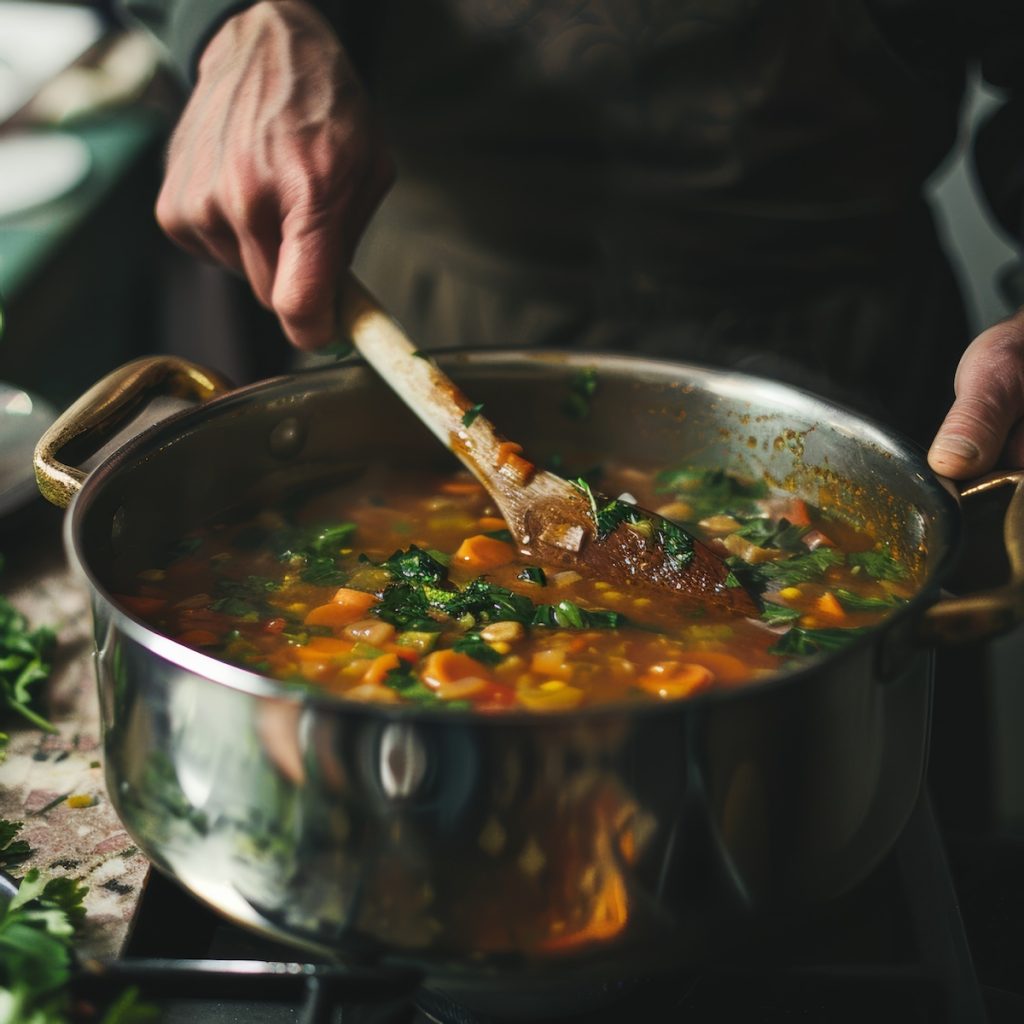
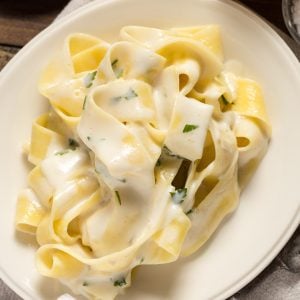
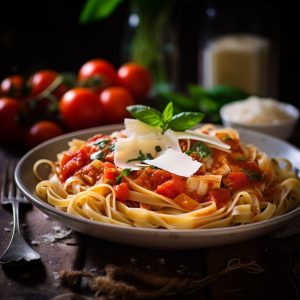


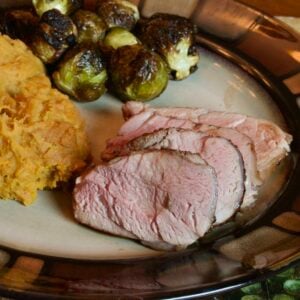
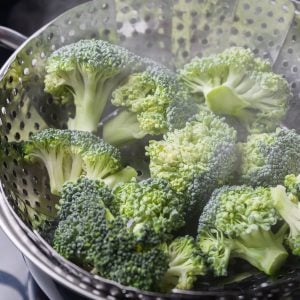
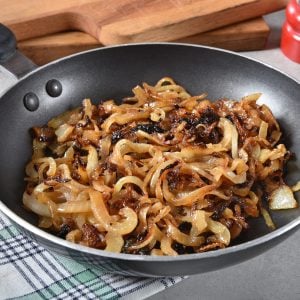
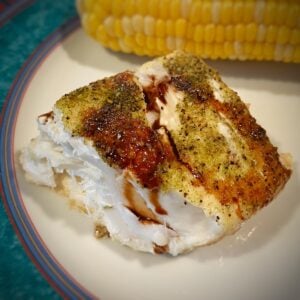
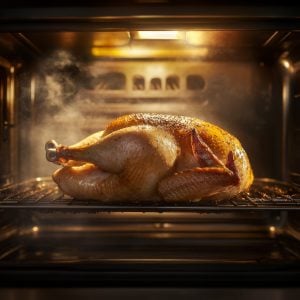
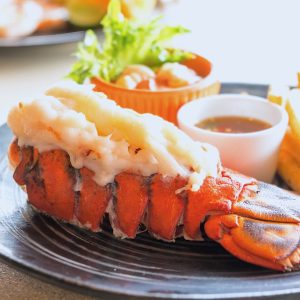
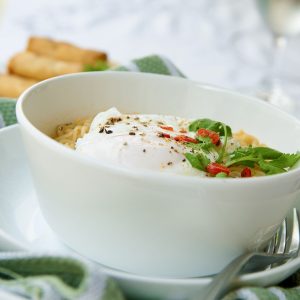
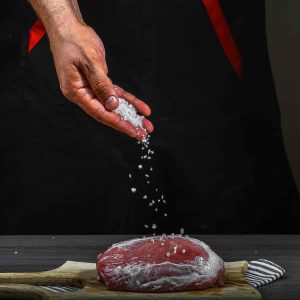


2 Responses
This was informative. I am going to use it as a sermon illustration/analogy for 2 Timothy 1:6 …stir up the gift… thank you!
2022 this exactly what the Lord brought me too ??